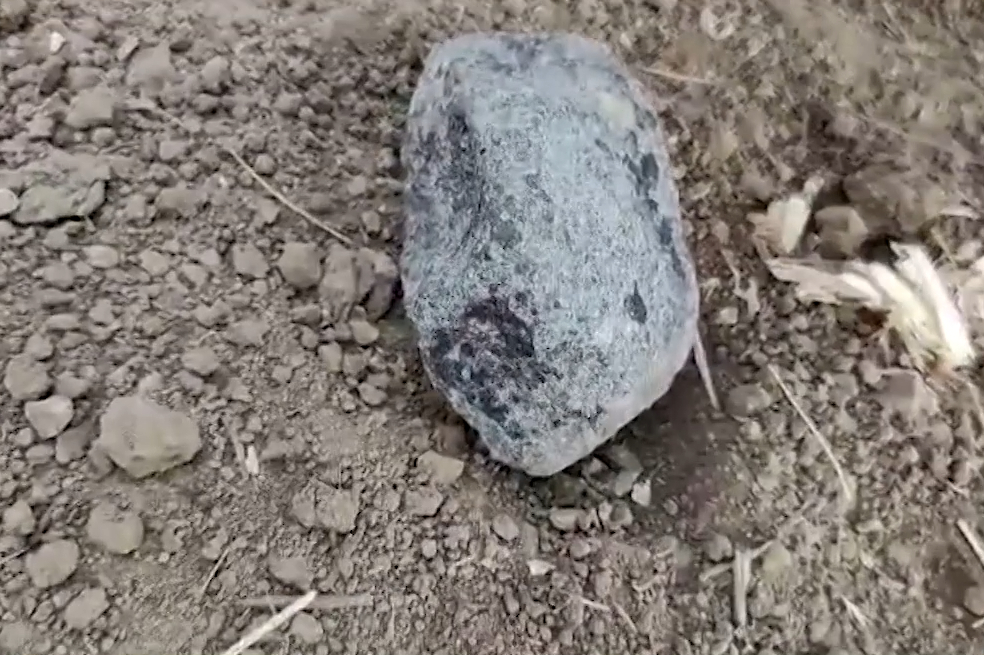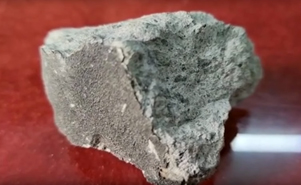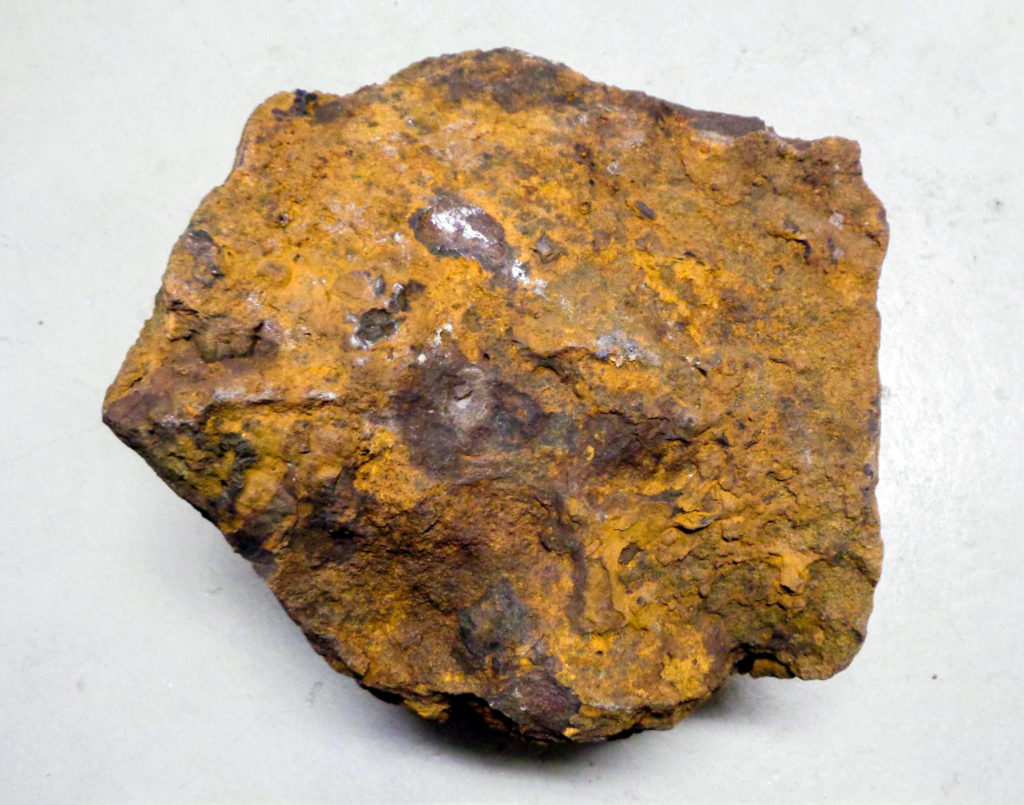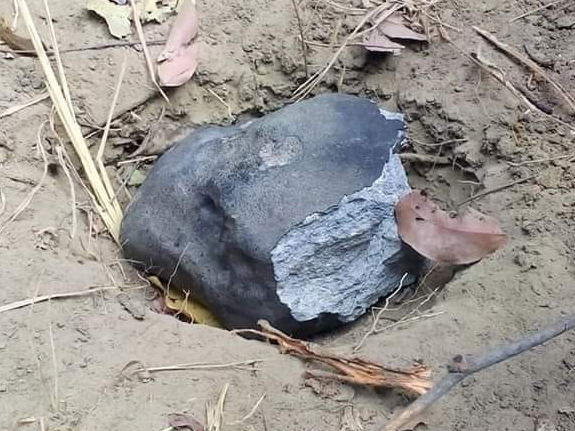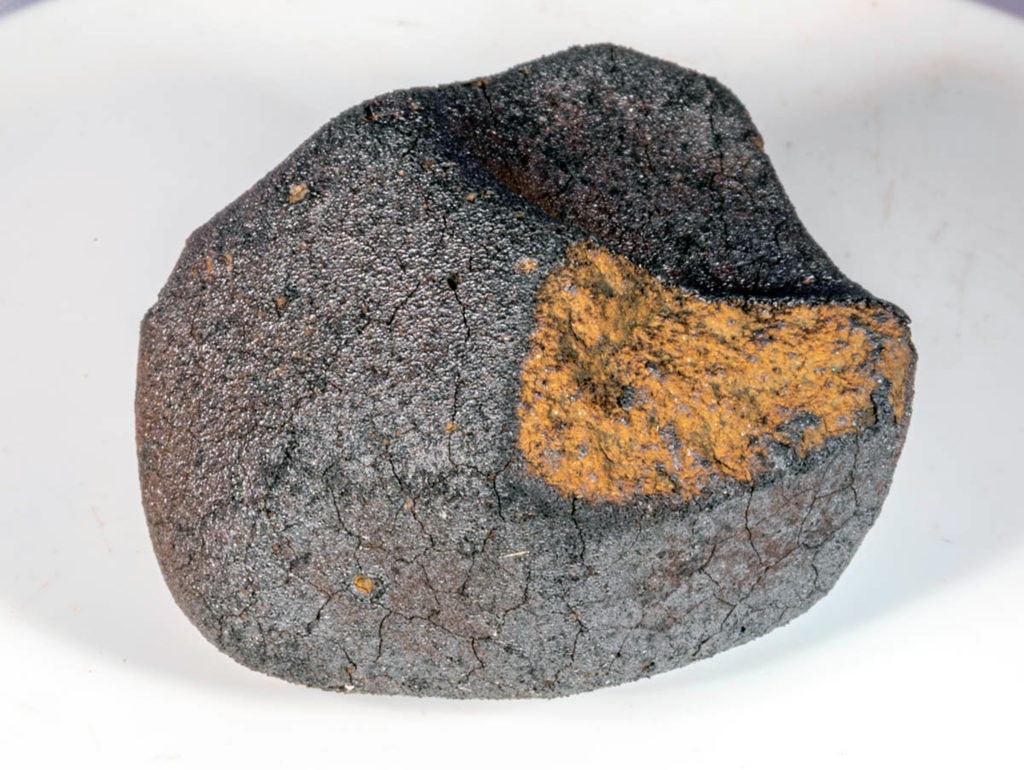What is Mars (not) made of? A joint isotopic, geochemical and geophysical analysis
Christian Liebske, Amir Khan, Scott M. McLennan, Paolo A. Sossi
Icarus
Available online 14 June 2025
“Highlights
- Provenance models for Mars are unable to fit geochemical and -physical properties.
- Isotopically valid models fail to match key elemental ratios and Mars’ geophysics.
- Mars must have formed from extant or unsampled meteoritic material.”
“The terrestrial planets are believed to have accreted from chondritic meteorites of widely varying composition. Yet, making planets from known meteoritic material has proved elusive, be it their nucleosynthetic isotopic anomalies, bulk chemistry or geophysical properties. Because of the inherent non-uniqueness of meteoritic mixing models based on isotopes alone, combining geochemical and geophysical observations is key to identifying the nature of the building blocks of the terrestrial planets. Here, we integrate the recent proliferation of data in the form of geophysical measurements pertaining to Mars’s interior structure from the recent InSight mission including its astronomic-geodetic response, the chemical and isotopic compositions of undifferentiated and differentiated meteorites, and observational constraints on trace element abundances (K/Th ratio) in order to make new inferences on the constitution and provenance of Mars. Using stochastic mixing models of meteoritic material, we find that 0.02% of mixtures, consisting primarily of ordinary- and enstatite chondrites and, to a lesser extent, achondritic material, are able to reproduce the isotopic signature of Mars. Of these, however, none match the geophysical or Mg/Si and K/Th constraints, indicating that Mars is unlikely to have formed from known unmodified meteoritic material. Instead, relatively oxidised building blocks that are intrinsic to the inner solar system and underwent evaporation/condensation processes that lead to volatile-element depletion patterns unlike those in any known meteorite group, would be consistent with the isotopic, geochemical and geophysical properties of Mars.”


